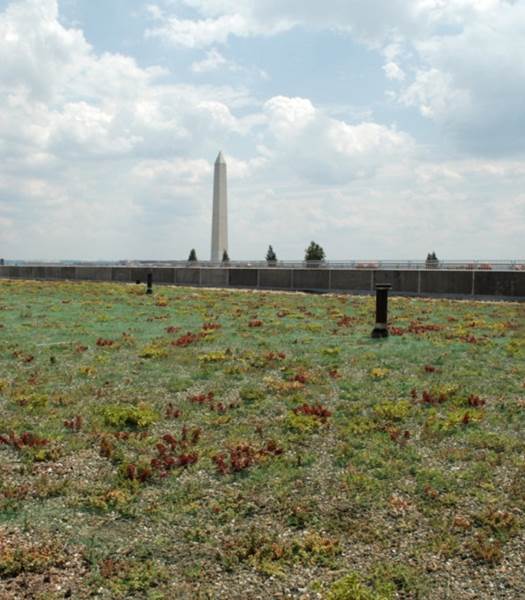Last year, President Obama established the Task Force on Climate Preparedness and Resilience, which includes state, local, and tribal leaders. The task force is determining how the federal government can mitigate and prepare for climate change through grant and loan programs. One option identified by the federal government is the Clean Water and Drinking Water State Revolving Fund (SRF). Every state has such a fund, and in total these state funds have enabled about $109 billion in grants and low-interest loans for critical water infrastructure, according to the Natural Resources Defense Council (NRDC).
This year, the President’s Fiscal Year 2015 budget proposal also includes a $1 billion Climate Resilience Fund to help local communities adapt to and recover from extreme weather events, including droughts, hurricanes, and floods. The budget also calls for a $56 billion infrastructure package developing a “resilient infrastructure that would help our communities prepare for the effects of climate change.” Related initiatives seek to make the electricity grid more resilient, not only to disasters but to attacks as well.
Currently, there are no specific federal requirements encouraging states to use SRF financing to prepare communities and water infrastructure for climate change. However, the Green Project Reserve in the Clean Water SRF program currently sets aside 20% of all funds for green infrastructure projects. In addition, states may be leading the way in these efforts. The Illinois General Assembly, for example, is poised to approve legislation that would expand projects eligible for financing under the state’s Clean Water State Revolving Fund, known as the Illinois Water Pollution Control Loan Program. Traditionally the program has focused on municipal wastewater treatment projects and has distributed more than $3 billion in low-interest loans across the state. However, the proposed legislation makes low-interest loans, loan guarantees, and other forms of financial support available for green infrastructure, water efficiency, and stormwater management projects. Both state chambers have passed identical legislation, which will soon make its way to Illinois Gov. Pat Quinn (D). He is expected to sign the legislation, which builds on his Illinois Clean Water Initiative. During his State of the State Address, Quinn committed $1 billion in additional water infrastructure financing and put forward the legislation.
The NRDC is working to provide recommendations on how SRFs can better support flood risk reduction, green infrastructure, and water efficiency and expects to release a report in the coming months. Such a plan also could encourage long-range commitments to stormwater infrastructure, from asset management to planning for innovative solutions. Read more.
This news comes as localities, state environmental and water agencies, and national wastewater and drinking water groups encourage House and Senate appropriators to reject the Obama administration’s proposed fiscal year 2015 cuts to the SRF program.





